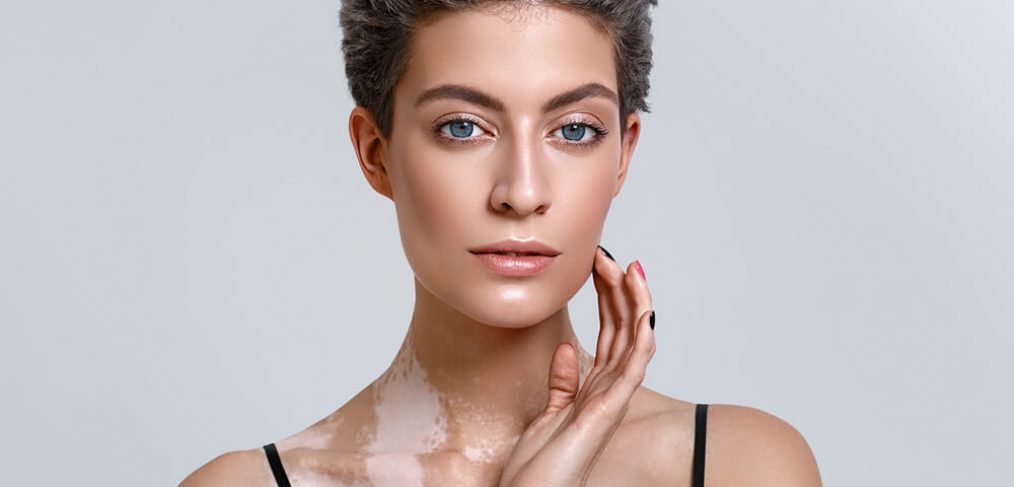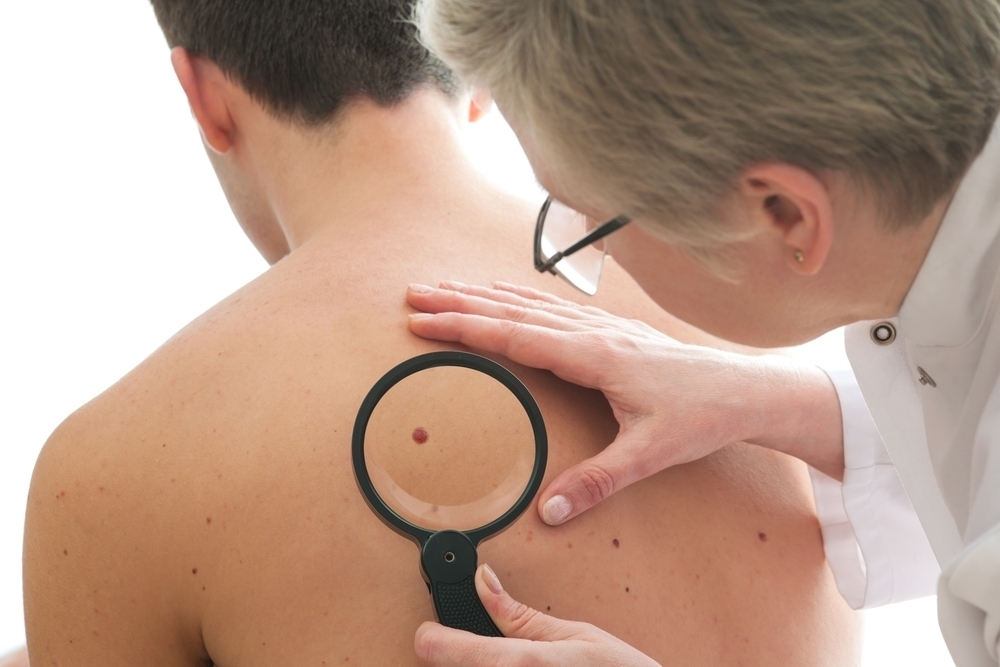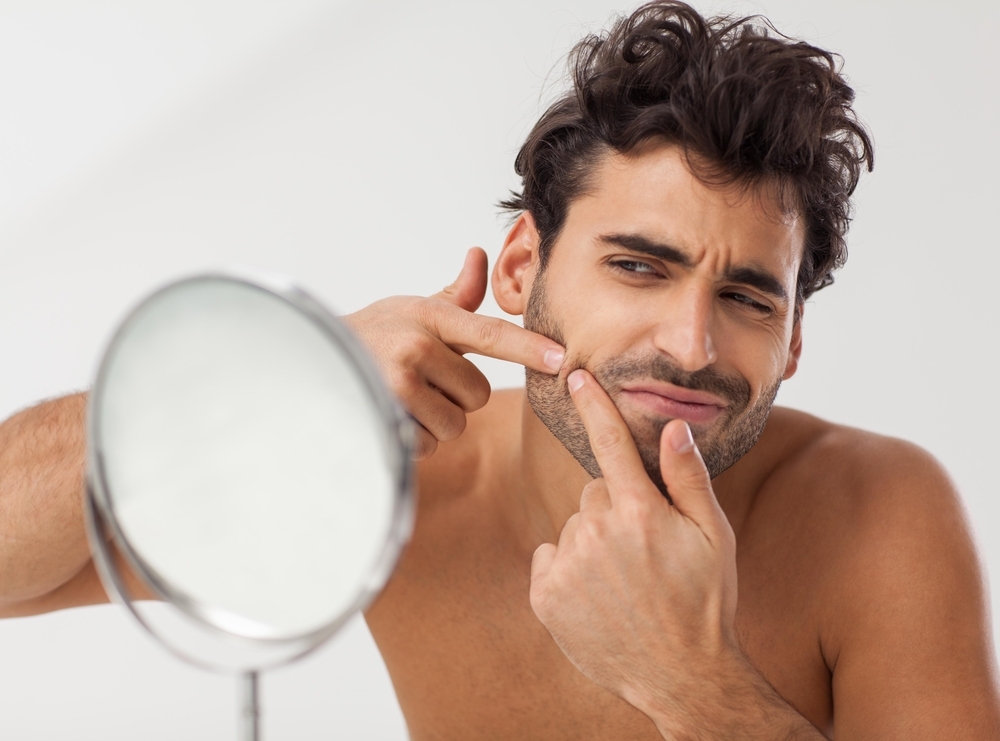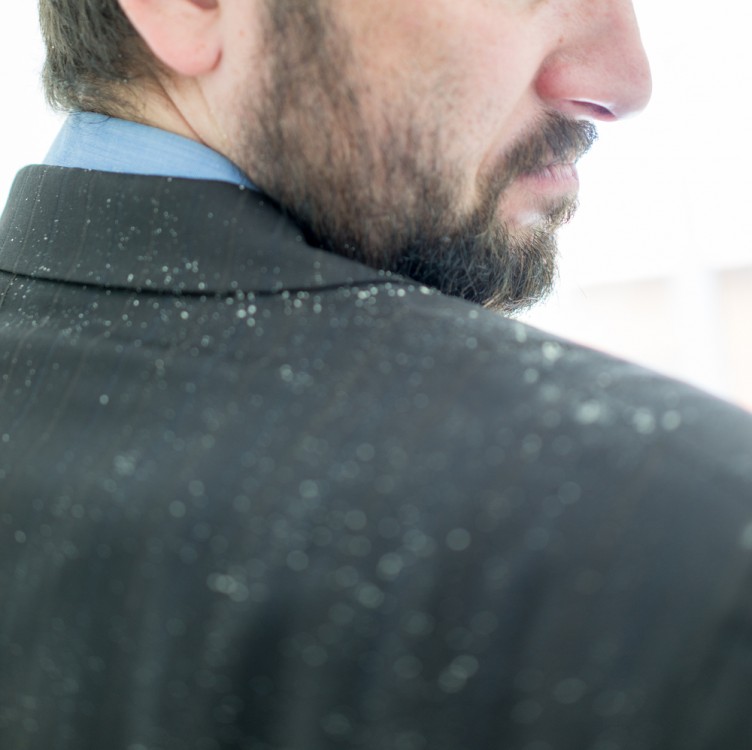Even in these days of positive body imaging, conditions such as vitiglio remain a challenge. While many women have come out in the shared desire to be appreciated despite weight issues, there is not such a platform for those with skin pigmentation conditions, which tend to be less common and less publicized. Sufferers of vitiglio often struggle with low self esteem, and are often the objects of unwanted attention in public places. Building awareness and acceptance about such condition is important, as is trying to find new treatment approaches. Here are some new thoughts and insights into the genetic disorder.
Genetic Predisposition
With new research comes new hope. Pearl E Grimes, MD and director of Vitiglio Pigmentation Institute of Southern California says that with the advancement of genetic research in the past ten years, “We now know that probably 90% of the genes the have been identified in vitiglio are immune-susceptibility genes, 10% are pigment related genes.” Because the condition is so often genetic, it can lead to “sick melanocytes.” This means, “Melanocytes from people with vitiglio do not grow as well in culture. There are probably some inherent defects in these melanocytes that may tie back to the genetics of the disease.”
Oxidative Stress
Another finding of the latest research points to oxidative stress as the event that starts off the immune dysfunction that culminates in vitiglio. Grimes says, “In vitiglio, we know that hydrogen peroxide is up, while catlase – a major oxidative stress fighting molecule is down.” The lack of the body’s ability to protect against oxidation may be what leads to the release of the antigens that play a role in destroying the melanocytes that lead to vitiglio.”
Raising Awareness
Dr Grimes relates a story of a beautiful 40 -year- old patient whose face caused a toddler to cry. “In response to that incident,” the patient said, “I don’t go out. I don’t date anymore, I have isolated myself, and I feel ugly.”
Grimes explains that vitiglio patients require a very long initial consolation. She says, “We take a very detailed history-looking at family history, a time of disease onset, disease progression, associated symptoms, associated autoimmune illnesses, and medications to tease out any other causative factors that may be contributing to pigment loss.”
Besides uncovering the physical causes, Dr. Grimes also stresses addressing the psychological impact of the condition. She steers aways from direct, overly probing questions, saying, “I go about it in a subdued, roundabout way -trying to let them talk about it first. I want them to be comfortable.” Instead of asking about the impact of the disease on the patient’s quality, she prefers to inquire about changes in daily routines. “Some will say, ‘I wear makeup all the time, even on my hands.'”
After performing a complete physical exam with photos and a laboratory assessment, Grimes reports that she is, “able to put together a treatment regimen based on the patient’s symptoms.” She is also able to assemble a health care team is needed, including a rheumatologist, immunologist, and mental health professional.
What can you do to raise awareness about vitiglio? Are these findings promising? Let us know what you think.








